


Photos of the River Lee and Mrs Towser (the narrow boat with the orange gaz locker) by Harriet Salisbury.
I have been busy moving my narrow boat up the River Lee to Stansted Abbotts to have her bottom seen to.
.

The Past brought to Life
A perpetual almanac of the Year. Folklore, Customs, Myths, Legends, Religions, Ceremonies. Calendars, How the year, months, days, hours, minutes work. Who started them. How different societies have different arrangements. Zodiacs, Seasons, Folklore, Gods and Goddesses. Its all here day by day.



Photos of the River Lee and Mrs Towser (the narrow boat with the orange gaz locker) by Harriet Salisbury.
I have been busy moving my narrow boat up the River Lee to Stansted Abbotts to have her bottom seen to.
.

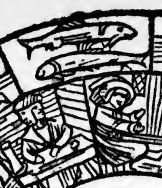
A man born in Pisces shall be a great goer, a fornicator, a mocker and covetous: he will say one thing and do another. He shall trust is his sapience, he shall have good fortune: He will be a defender of widows and orphans. He shall be fearful on water: he shall soon pass all adversities and live 72 years after nature.
The woman shall be delicious, familiar in jests, pleasant of courage, fervent, a great drinker. She shall have sickness of her eyes and be sorrowful by shame, needlessly. Her husband will leave her and she shall have much trouble with strangers. She shall travel much, have pain in his stomach and live seventy-seven years.
Both man and woman shall live faithfully.
Kalendar of Shepheardes, 1604 (from the Perpetual Almanac by Charles Kightly
What surprises me about the above is that it has to be nearly always wrong as the predictions are too specific.
Now, the Old Moore’s 2023 Almanac had a page on Liz Truss of all people, clearly written before she imploded as Prime Minister, and it is clear they think she has a real chance of being PM. They say she has ‘an almost steely determination and plenty of apparent ambition. …. She has every astrological requirement necessary to keep her nose clean and at this moment in time is certainly among the main contenders.‘. So yes they are right about her being among the main contenders but absolutely no hint of the disaster that her PMship was. Similarly the 2022 Old Moore’s Almanac had no hint of the Ukraine war.
Me. Im nown to be the world’s worse prooofreader. And I quiet often only spot errors after i have prest the ‘publish’ button.
So, if you are reading this via the email, click on the title and this will take you to the blog in the cloud, and you are likely to have a version where I have got rid of some of the most horrifiable, embrasing igregious erors. But only, some obvs.
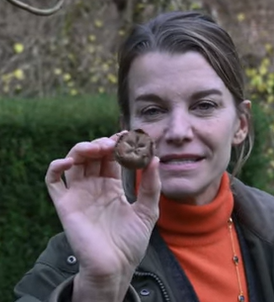
Medlars were a very common and useful fruit particularly in the Medieval and Early Modern period. They come out in December but can only be eaten when they are rotten and ‘bletted’. They also store well. They, therefore, provide a source of winter sweetness when there were few other fresh sources available.
They are from the Rosaceae family which includes apples, pears, rosehips and quinces. The English called them ‘open arses’ or ‘dog’s arses’ or ‘granny’s arses’ because of the way they looked until the more polite French name the Medlar caught on.
Shakespeare uses both words and uses their sexual connotations as they were thought also to look like female genitalia. A medlar was also a name for a prostitute. So in Romeo and Juliet this speech by Mercutio to Romeo and their mates contains some very bawdy thoughts:
If love be blind, love cannot hit the mark.
Now will he sit under a medlar tree
And wish his mistress were that kind of fruit
As maids call medlars when they laugh alone.
O, Romeo, that she were, O that she were
An open-arse and thou a poppering pear!
RJ 2.1.33
I think you can also see how good Shakespeare was at making his allusions available to all classes. For the sophisticated he begins with the reference to the French medlar and in case the groundlings are missing out throws in the ‘open-arse’ so they know what he is alluding to.
Medlars fell out of favour in the 18th and 19th Centuries. For more on medlars have a look at British Food history https://britishfoodhistory.com/2017/11/12/forgotten-foods-7-openarses/
Or watch this video from ‘the American Viscountess’ from which I extracted the picture of the medlar above.
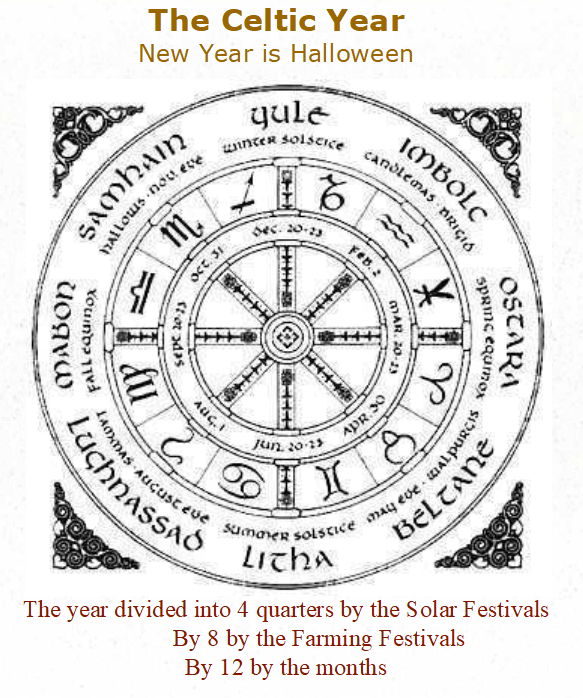
The Irish have created a brand new Bank Holiday for St Bridget. The first one is today Monday 6th February 2023 and it follows a public holiday given last year for Health Workers in March. The timing of the Bank Holiday is explained by the Irish Post:
St Brigid’s Day itself falls on February 1 each year but going forward the Imbolc/St Brigid’s Day public holiday will fall on the first Monday in February, unless February 1st falls on a Friday.
This means that Ireland now has a public holiday on the 4 Celtic festivals of Samain (Halloween), Imbolc (St Bridget’s Day), Beltane (May Day) and Lughnasa (Lammas Day). These festivals are quarter-days, which mean they fall half way between the Solstices and Equinoxes.
The Independent wrote that ‘then-Tánaiste, Leo Varadkar, said last year‘ ….“This will be the first Irish public holiday named after a woman,” He also is quoted as saying:
“It marks the half-way point between the winter solstice and the equinox, the beginning of spring and the Celtic New Year.”
Extra Bank Holidays in the UK?
There are occasional calls for a new Bank Holiday in the UK. It’s often a Conservative MP calling for a National Day for the British and they often suggest a date like Trafalgar Day 21st October (commemorating the great Naval battle in 1805 in which Nelson was fatally wounded). It has several virtues in their eyes. Firstly, it is a day that confirmed Britain’s mastery of the Seas and thus is an ideal day for celebrating patriotism. Secondly, it is the school half term, and gives a much needed day off between summer and Christmas. Thirdly, they can suggest the day should be taken from May Day Bank holiday which coincides with the International Worker’s Day, which is obviously ‘a bad thing’.
For example, the Portsmouth MP’s supported a call for Trafalgar Day here: . The report says: ‘there are currently no bank holidays in the UK which celebrate battles or war victories’.
This, I think, leaves the rest of us thinking ‘What planet do these people live on?’ Yes, Trafalgar Day would have been a great day for a Bank Holiday IF this were 1839, maybe even 1939. But in 2023 it is just not on any ordinary person’s radar. We don’t think so very much about the Napoleonic War or Nelson, or nor do we often sing ‘Heart of Oaks, are our Men’ any more. In short, it is a reminder how distant from the rest of us Conservative MPs are, and how progressive Ireland has become by contrast.
Recently, we have been given a few Royal Bank Holidays, last year for the Queen, this year for the King. The Trade Union Congress proposed the need for more bank holidays because we only have the usual eight annual bank holidays for workers in England and Wales. Scotland has nine or ten; the average for the EU is ‘12.3 bank holidays a year. Finland and Romania get 15, while workers in Japan have 16 public holidays in total’.
A recent radio programme ‘The Bottom Line’ compared Britain with France and revealed that Britain is now 20% less productive than France, (up by 10% since Brexit) and that we make up the deficit by working longer hours. It appears that the French high tax. high worker’s protection regime, means they have to find ways of getting more out of the same hours, while we can just hire and fire, and are happy to make people work in a more inefficient way.
Here is my recent post about St Bridget’s Day
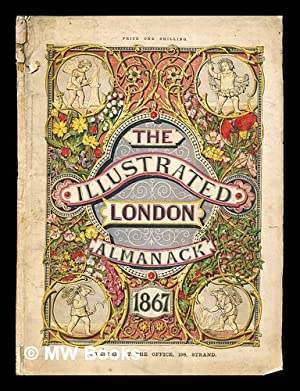
This is the 300th Post on this my ‘new’ blog. I thought I would mark it by a reminder of what I am trying to do with it.
Over the years I have given a lot of walks on special occasions: Christmas, New Year, Halloween,Easter, May Day etc. as well as my regular ‘Myths, Legends of the Archaeological Origins of London Walk’. I have always had an interest in the Celtic Year, and when researching for my New Year’s Walks I came across Almanacks, and the more I found out about them the more I plundered them for content! I found that one third of books sold in London in the early modern period were Almanacks. That is how important they were.
So, I decided to create an ‘Almanack of the Year’ which changed title to an ‘Almanack of the Past’. In particular, what I am hoping to do is to create a London Almanack of the Past, where each day is remembered by an interesting and relevant post with a view to enlightening our understanding of London’s past.
Content is around these ideas and themes:
Folklore
Seasons & Nature
Measurement of Time
Calendars
Religion
Mythology
Legend
Anniversaries of Famous & Important events in the past
Historical & Archaeological news
News of my Walks
What I am aiming for is a really focussed London version of an Almanack of the Past. I need a good entry for every day of the year, and I’m hoping to do that over a three year period, and then get it published.
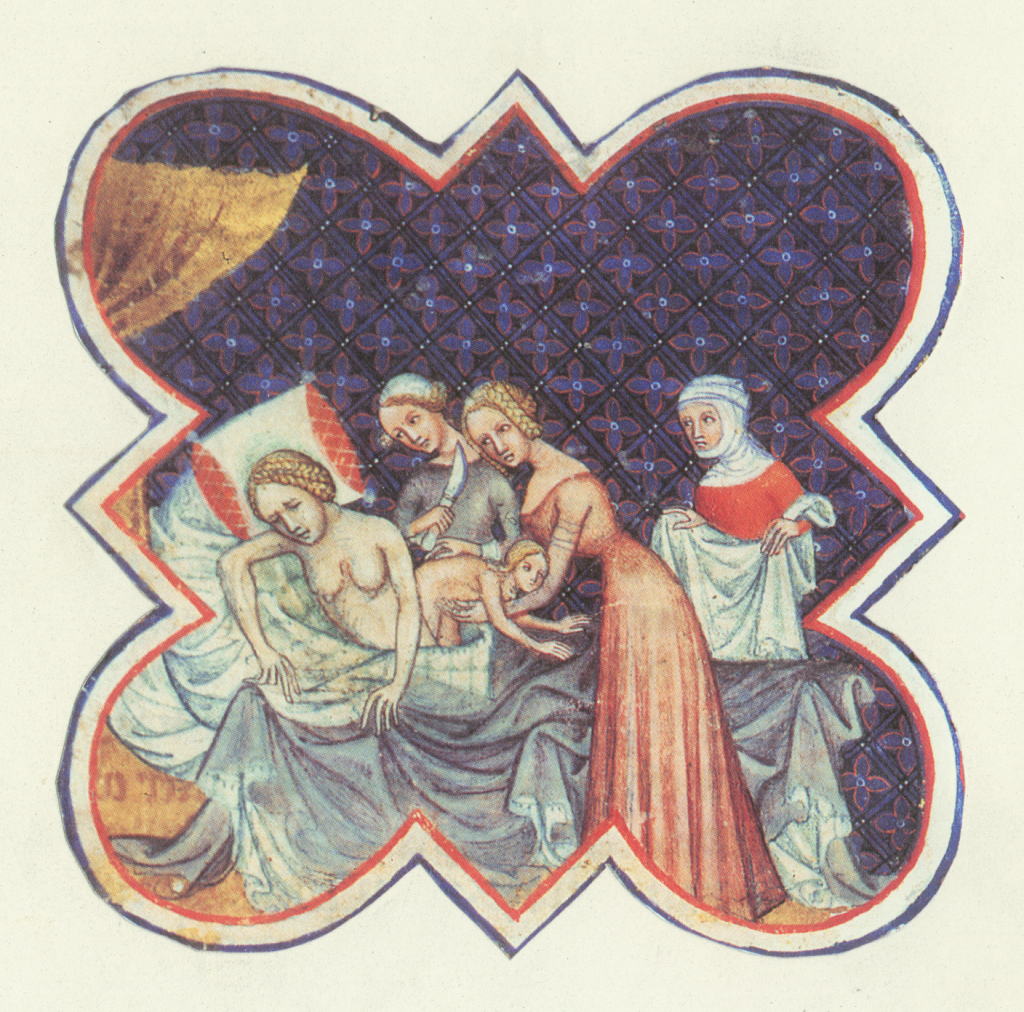
When Britain reluctantly joined the Gregorian Calendar, in 1752, we lost 11 days, so if you add 11 to 31st December you get to New Year Old Style. You can do this with any date, and when celebrating feel you are being really authentic.
So, anything you did on the New Year’s Eve New Style (31st Dec). you can do today – except, of course, you need to convince your boss of the illegitimacy of the Gregorian Calendar, when you call in sick because of a hangover! In case you have forgotten what you should be doing on New Year’s Eve you can look here to look back on for New Year’s Eve, New Style.
It’s a particularly ‘witchy’ evening because it is the traditional Eve, not the new-fangled one. Reginald Scot in his ‘Discovery of Witchcraft’ first published in 1584 reports
‘a charm to find who has bewitched your cattle’. Put a pair of breeches upon the cow’s head, and beat her out of the pasture with a good cudgel upon a Friday and she will run right to the witch’s door and strike it with her horns‘
Reginald Scott’s book is available on this web site and is a fascinating read. https://archive.org/details/discoverieofwitc00scot/page/n55/mode/2up
When I first posted this post 2023. I did not, to my shame, know the background to the book. I assumed the author ‘believed’ this nonsense that a cow could lead you its bewitcher. On the contrary. Reginald Scot was debunking the absurd claims for witchcraft and magic. His book tries to prove that witchcraft and magic were rejected both by reason and religion. Manifestations of either were ‘wilful impostures or illusions due to mental disturbance in the observers’ .
Given the number of people who were executed as witches in the 16th and 17th Century it makes you realise that it was a very divisive topic. With only part of the country that was convinced by the QAnon like conspiracy that there are people in this world with diabolical intentions. Have a good look at the cover of this 17th Century edition of Member of Parliament Reginald Scot’s book to get an idea of his standpoint.
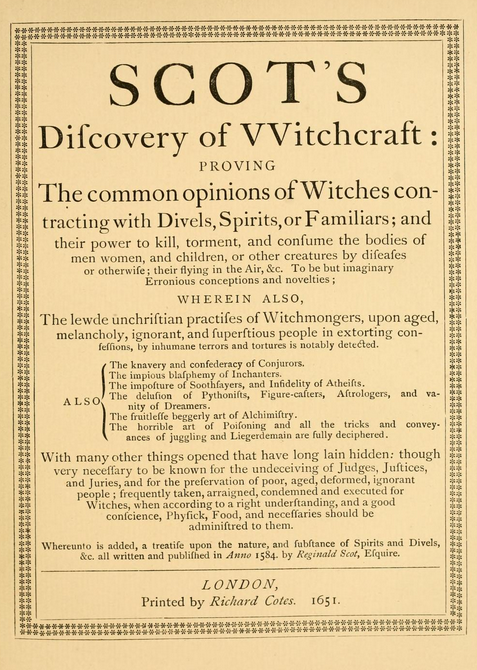
Carmentalia
It is also Carmentalia, the festival for the Roman Goddess of prophecy and childbirth. She was a much loved Goddess in the Roman pantheon But little is known about her perhaps because she had no clear match in the Greek pantheon.
She has a long history in Roman history being said to be the mother of…. Well this may surprise you, she was the mother of Evander. Evander is the founder of Pallantium, which was a City on the site of Rome that predated Rome!
Who knew that? (the people at Vindolanda Roman Fort know and they have a great page on Carmenta here. ) Carmenta had two sidekicks who were her sisters and attendants. Postvorta and Antevorta, They might be explained as Past and Future. Or after and before as part of her role in prophecy. Ot the two figures might represent babies that are either born head or legs first.
She was important enough to command one of the the fifteen flamen. These were priests of state sponsored religions. One of their jobs was to ensure no one came to the temple wearing anything of leather because leather was created from death, and not suitable for the Goddess of Childbirth.
Vindolanda make the point that 2% of births in the past are likely to have caused the death of the mother, and, because of a high mortality in the children, to keep a population stable a mother might have to have 5 children on average, giving her a 12% chance of death by giving birth.
Good reason to have a Goddess on the Mum’s side.
I’ve moved and improved this content and put in on New Year’s Day:
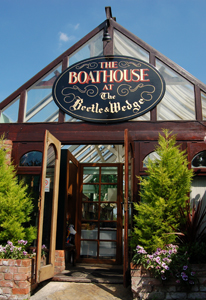
No season to hedge
Five Hundred Pointes of Good Husbandrie by Thomas Tusser www.gutenberg.org
get béetle and wedge
Cleaue logs now all
for kitchen and hall.
A beetle is a hammer and a wedge is used to split logs, so the first thing Tusser enjoins his readers to do for December is to stop digging and hedging and, instead, cut firewood.
He also suggests (if I read the Tudor writing correctly):
Sharpen dull working tooles
Leaue off tittle tattle and looke to thy cattle
and suggests:
Howse cow that is old, while winter doth hold.
But don’t forget:
Out once in a day, to drinke and to play.
He suggests covering strawberries with straw to protect them; Making sure your dried cod and ling don’t rot. Store the products of the Orchard in the attic. Bleed the horse and help the bees with ‘liquor and honie’.
‘Thus endeth Decembers abstract, agréeing with Decembers husbandrie.’
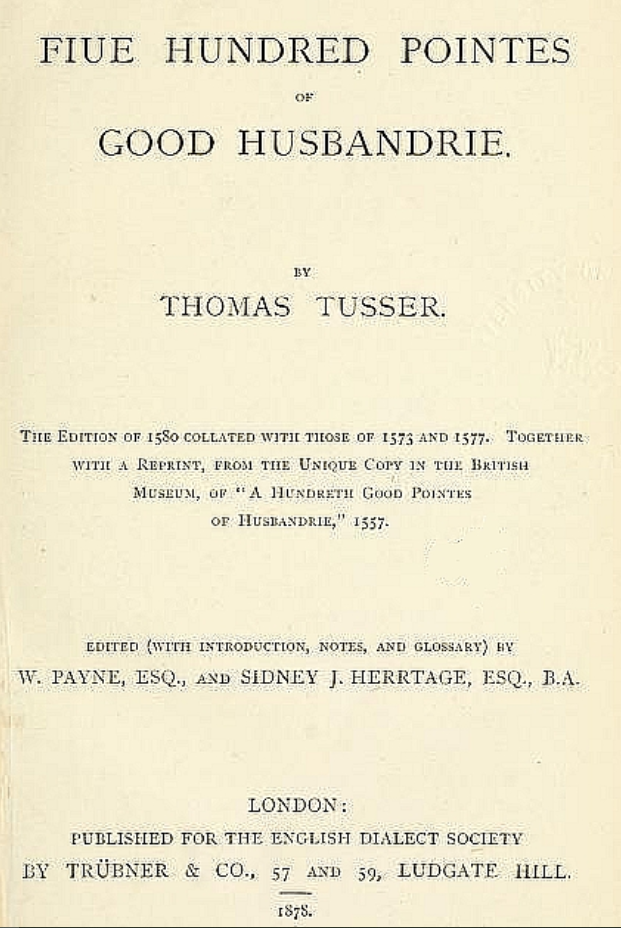
I have began to prepare my next set of tours both virtual and real. But here are the first two virtual tours, both with a seasonal theme.
The London Winter Solstice Virtual Tour
Wed, 21 Dec 2022 19:30

We explore London’s History through its celebrations, festivals, calendars and almanacs of the Winter Solstice
Winter Solstice festivals have been a time of review, renewal and anticipation of the future from time immemorial. The Ancient Britons saw the Solstice as a symbol of a promise of renewal as the world entered bleak mid winter. The Roman season was presided over by Janus, a two headed God who looked both backwards and forwards, and Dickens based his second great Christmas Book on the renewal that the New Year encouraged.
We look at London’s past to see where and how the Solstice might be celebrated. We also explore the different Calendars – the Pagan year, the Christian year, the Roman year, the Jewish year, the Financial year, the Academic year and we reveal how these began. We look at folk traditions, Medieval Christmas Festivals, Boy Bishops, Distaff Sunday and Plough Monday, and other London winter traditions and folklore.
At the end we use ancient methods to divine what is in store for us in 2022.
CHRISTMAS WITH JANE AUSTEN VIRTUAL LONDON TOUR
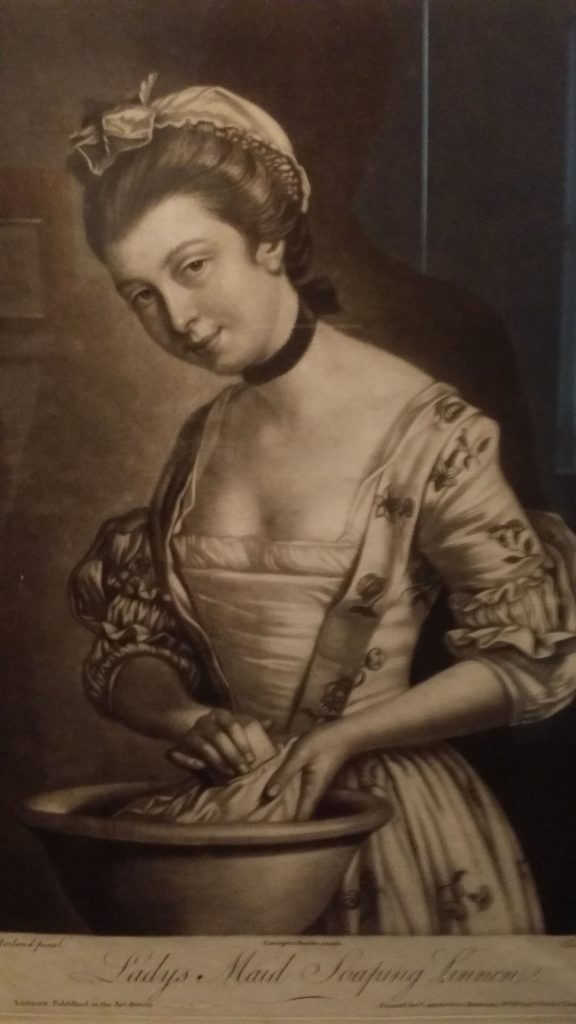
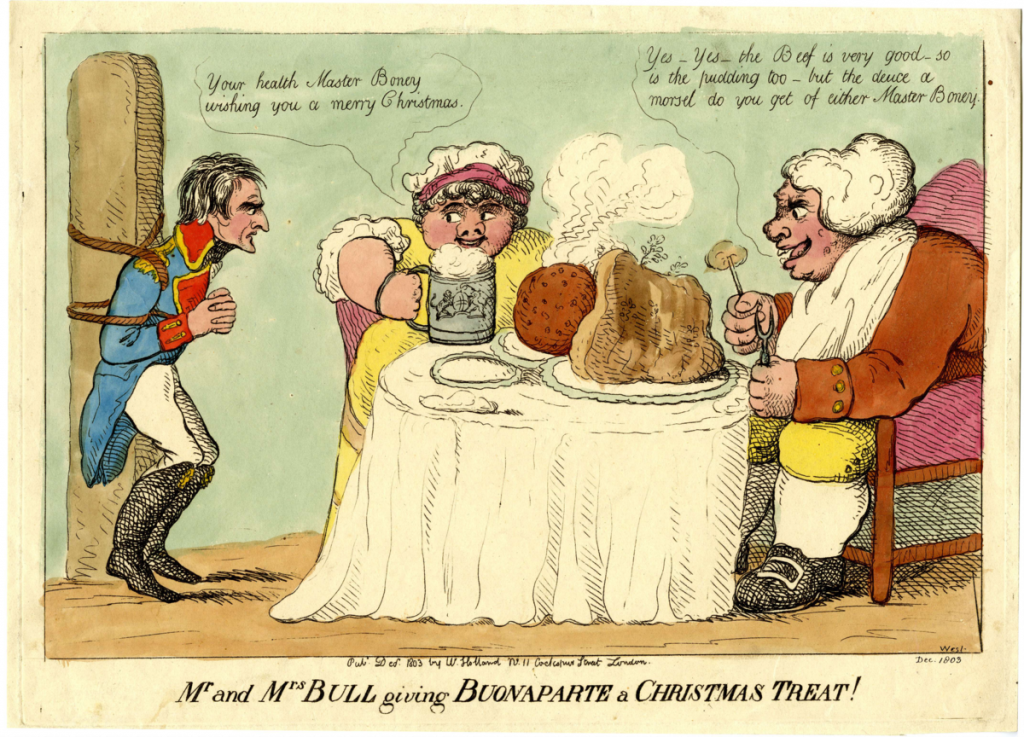
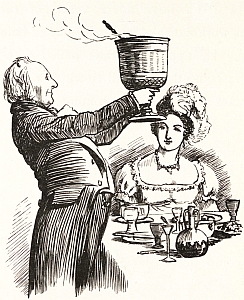
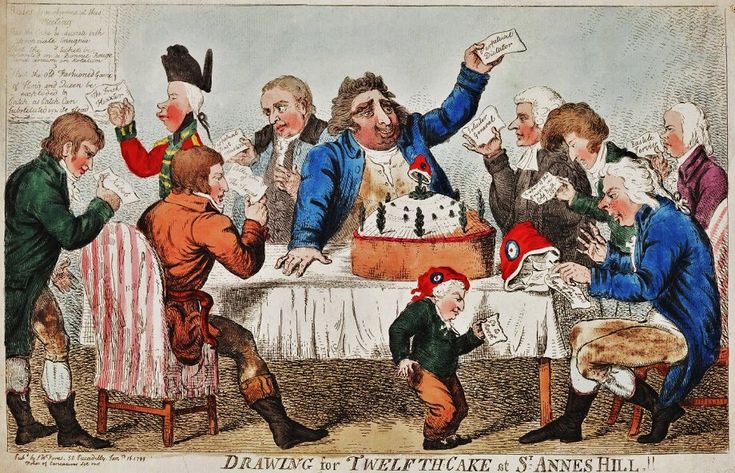


Friday 23 December 2022 7.30pm
We look at how Jane Austen spent Christmas and at Georgian Christmas traditions and amusements.
“It is a truth universally acknowledged, that a Jane Austen devotee in possession of the good fortune of a couple of free hours must be in want of this virtual walk.”
This is a special walk, which looks at the traditions of Christmas during the Regency period and how Jane Austen might have celebrated it. It will give some background to Jane Austen’s life and her knowledge of London. We used her novels and her letters to find out what she might have done at Christmas, but also at how Christmas was kept in this period, and the range of ‘Curiosities, Amusements, Exhibitions, Public Establishments, and Remarkable Objects in and near London available to enjoy.
This is a London Walks Guided Walk by Kevin Flude, Museum Curator and Lecturer.
Review: ‘Thanks, again, Kevin. These talks are magnificent!’
To Book: